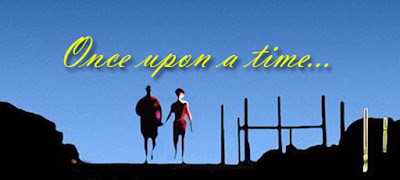“I have come to the
personal conclusion
that while all artists are not chess players,
all chess players are artists."
Marcel Duchamp
that while all artists are not chess players,
all chess players are artists."
Marcel Duchamp
In his mid-thirties the French
born artist Marcel
Duchamp gave up art to study chess. Considered to be, along with Pablo
Picasso and Henri Matisse, one of the twentieth century’s most influential artists,
Duchamp is arguably best known for his controversial found object art works.
Some thirty odd years later he
told Time Magazine in 1952 “I am still a victim of chess. It has all the
beauty of art—and much more. It cannot be commercialized.
Chess is much purer than art in its social position."
Now almost half a century after
his death, Duchamp’s fascination with the strategic board game has been reinvigorated
through the work of British painter Tom Hackney.
It
was whilst he was studying at London University’s Goldsmiths College for his Masters
in Fine Art that Hackney conflated Duchamp’s fascination with the game he had
played as a child.
As
he told Aesthetica
Magazine “The idea for the chess paintings came out of my time at
Goldsmiths, partly as a reflection on the strategic language applied in art
discourse. I was also interested in Marcel Duchamp’s abandonment of art for
chess – a ‘move’ in itself and something viewed as a direct challenge to the
whole enterprise of painting. These elements combined, paradoxically, opened up
a space for painting. Both activities (chess & painting) share an
oscillation between the arenas of the eye and of the mind. The paintings are
based on transcriptions of games played by Duchamp, the path of each move
painted in sequence in white or black gesso.”
As a serious chess player Duchamp
kept a record of his moves in the games he played and Hackney’s study of the
games has resulted in the paintings.
As he explained to Axis
Web “The games
were all originally played by Duchamp. As a serious player, Duchamp recorded
many of his games by notation, as is common practice, to be studied later and
reviewed to see how the game took its course. These notations have since been
assimilated into various online databases, books and articles which I have researched
and collected as source material for the paintings.”
Whilst the paintings are built up using black and white the
colored versions relate to Duchamp’s design for a colored chess set.
As Hackney has said “Duchamp assigned colors to the
different pieces in relation to their movement and strategic power. The
resulting paintings locate themselves more emphatically within a tradition of
abstract painting but without taking a typical route to their form.”
And it is a tribute to Hackney’s skill as a painter that
these transcriptions of Duchamp’s games are so aesthetically pleasing to the
eye.
About which Hackney says “I think the aesthetic of this work
resides in an overall form. We all have an awareness of chess to a lesser or
greater extent, and the same can be said for painting. Perhaps in this work
both elements can balance each other, without prioritizing painting over chess
or form over content.”
Hackney’s exhibition of these works Corresponding
Squares: Painting the Chess Games of Marcel Duchamp is currently on show at Saint Louis World
Chess Hall of Fame until the 11th of September.



No comments:
Post a Comment